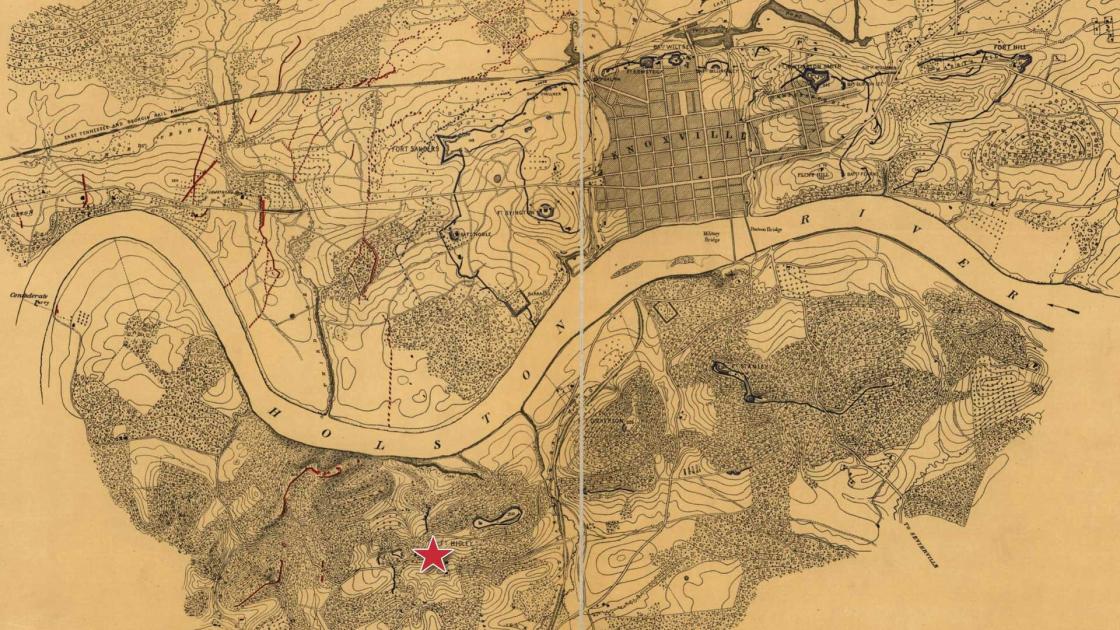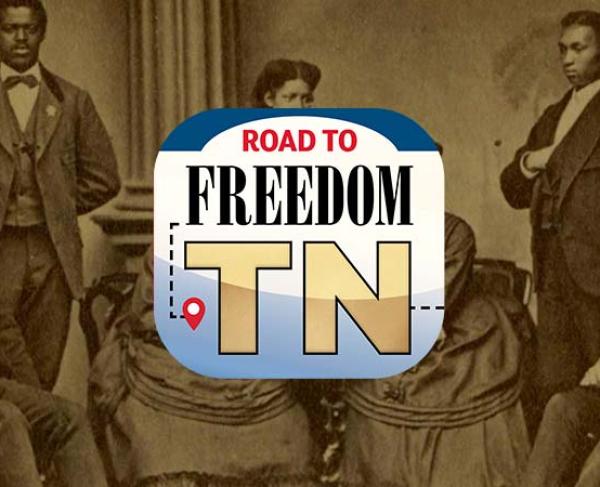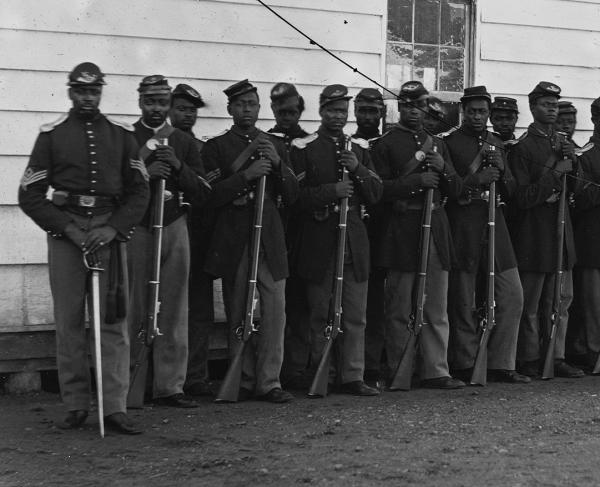Fort Higley
Tennessee
1000 Cherokee Trail
Knoxville, TN 37920
United States
This heritage site is a part of the American Battlefield Trust's Road to Freedom: Tennessee Tour Guide app, which showcases sites integral to the Black experience during the Civil War era. Download the FREE app now.

African Americans helped construct and man Fort Higley, which was part of the Union defenses of Knoxville.
Hastily built, beginning on November 27, 1863, Fort Higley was one of 16 Union forts and batteries that defended Knoxville from attack by Gen. James Longstreet’s Confederates in the following days. While white soldiers did much of the work and defended these forts during the Battle of Knoxville, the engineer who designed the forts reported:
“I feel it my duty to refer to the great value of the services of the contrabands [enslaved people who escaped to Union lines]. Tractable and willing (many of them came to me and volunteered to work), they did an amount of work which was truly astonishing. Day and night they worked without a murmur.”
The Union began recruiting Black men in January 1864 to join the 1st United States Colored Heavy Artillery (USCHA), which was intended to replace white troops in both strengthening and manning Knoxville’s defenses, including Fort Higley. This regiment included escaped enslaved, conscripted enslaved and free Black men, including some “contraband” refugees, whose families likely followed and settled in a freedman’s village located south of the Holston River (now Lake Loudon). The 1st USCHA may have manned Fort Higley until January or February 1865, abandoning the fort to support other operations in East Tennessee, Alabama, or North Carolina before assembling in Greenville, Tennessee, in May 1865, where they mustered out in March 1866.
Today, High Ground Park commemorates Fort Higley and the Battle of Knoxville with several historical markers while protecting the remarkably intact remnants of a cannon redoubt, primary rifle trench, an interior trench, a ramp into the fort and a series of depressions thought to be rifle pits or shelters. All serve as reminders of African American Civil War service overlooking Knoxville.

